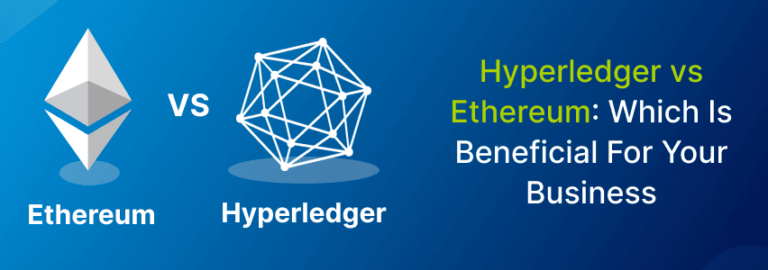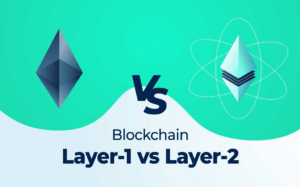Let’s compare popular blockchains, Hyperledger Fabric and Ethereum. Blockchains have increased in importance and some of them have now become mainstream.
In addition, companies like IBM want to explore blockchains and are willing to invest a significant amount. Ethereum has made a major comeback since its proof of stake launch in September 2022. If you want to start mining Ethereum you will have to go to EthereumPOW.
Table of Contents
Hyperledger vs Ethereum – Let’s Begin
It is necessary to review the Hyperledger-based Fabric against ETH comparisons first. Both are extremely popular platforms because of their unique structures.
It’s always great to compare things as it gives us a clearer understanding of concepts that would normally blur the lines between Hyperledger Fabric and the Ethereum blockchain.
This article welcomes you to learn key differences where we will be comparing the two most promising blockchain platforms: Hyperledger Fabric vs Ethereum.
Before we compare them, let me brief you a little bit on both platforms: Ethereum vs Hyperledger.
What is Ethereum?
Ethereum is a distributed, central computing platform that was largely used to perform a smart contract. Since blockchain is not centralized, everyone has their own copy of the blockchain. When an Ethereum block is updated, the block will go in its entirety into its copy which is in all nodes in its network.
Ethereum is based upon the Ethereum Virtual Machine (EVM). The EVM system requires all nodes to pay gas per transaction they make on the networks.
Ethereum Blockchain
So to begin, Ethereum is a decentralized platform that enables business logic to be implemented on the blockchain with the aid of smart contracts. These contracts are executed on an EVM that lies at the heart of the Ethereum architecture.
Ethereum developers at Ethereum have always advertised themselves as the future of the smart contract and a lot of people seem to agree too. With its simple and generalized protocols and an easy-to-non-scripting language, Ethereum has become a platform thriving with use cases of decentralized applications.
What is Hyperledger Fabric?
We’ll start with the basics. For those of you who are new to enterprise Blockchain, reading this will give you an idea about what they are. The first thing is that Hyperledger was launched back in 2015. There were no platforms that could fit into the business application so Hyperledger was built.
Hyperledger Fabric is a well-established project in Hyperledger’s branded blockchain. It also has several different frameworks.
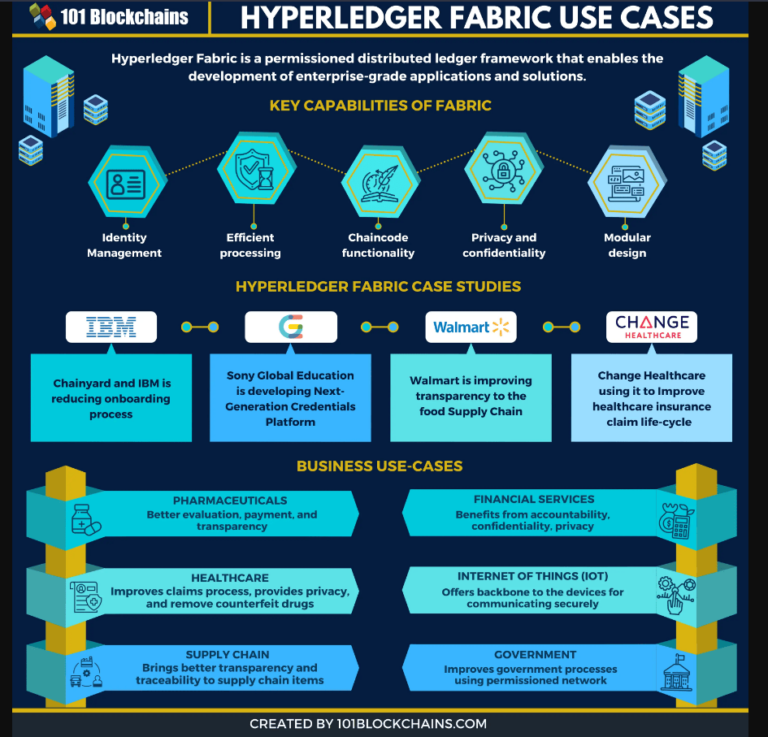
Hyperledger – Private and Permissioned Network
Many people seem to be really confused as to what Hyperledger is. Well, Hyperledger is an open-source project under the Linux Foundation. All these frameworks enable developers to provide blockchain-based solutions for industrial and business-related problems.
Hyperledger fabric architecture is a permissioned blockchain private network. It is a suitable solution for enterprises that need a level of privacy to run their sensitive information operations. Hyperledger fabric lets you create separate channels that offer private transaction options.
Ethereum vs Hyperledger Blockchain technology
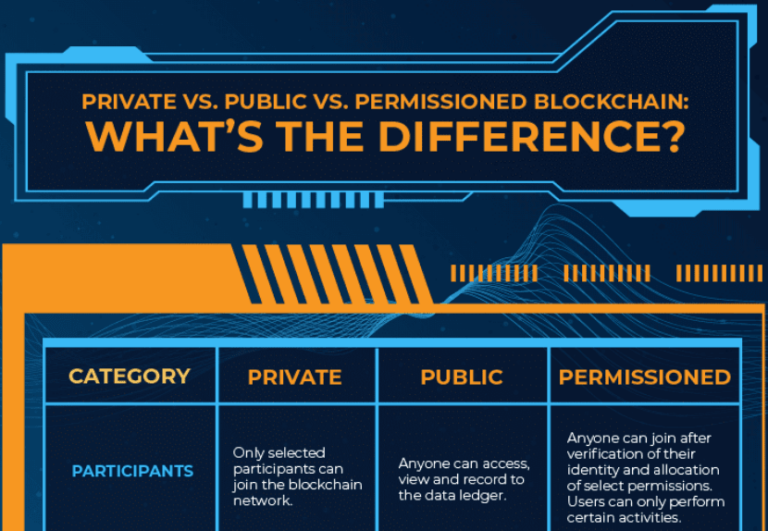
Let’s compare Ethereum and Hyperledger on the basis of the following parameters:
- Blockchain Network Types
- Cryptocurrency
- Consensus – Two Platforms
- Distributed Ledger Technology
- Smart Contracts
- Modular Architecture
- Maintenance
Blockchain Network Types
Starting off with Network types. Well, there are three different types of blockchain networks. Public, private, and consortium.
Public Blockchains – Ethereum
Public blockchains are accessible by everybody with access to the internet. These networks need every ladder to run consensus to validate every transaction that occurs on the network.
In our case, Ethereum Virtual Machine (EVM) is a public blockchain network. If you have a computer and an internet connection you can very well participate in the Ethereum network. This also means that if you order to execute some secret transaction that you are really ashamed of it will be visible to everybody else on the network and thus your secret doesn’t really remain a secret anymore.

Private Blockchains – Quorum
Private blockchains are much more different. They are only accessible to a limited number of participants as the name clearly suggests. They may or may not even have a cryptocurrency involved with the network as the network is made to tender to very specific needs. ConsenSys Quorum is an example of sharing sensitive data on private, permissioned blockchain networks.
Consortium Blockchains – Hyperledger
A consortium blockchain also known as a permission blockchain is pretty similar to a private blockchain. Aside from its limited accessibility, it also has levels of permission levied on the network by leveraging trust.
Hyperledger on the other hand is a consortium blockchain. It was developed in such a way that you could execute transactions in complete privacy and confidentiality.
Cryptocurrency
Talking about cryptocurrencies, there is a native cryptocurrency called Ethereum to deploy smart contracts on a public blockchain. Ethereum is mainly used to pay for transactions and to buy gas which is in turn used to pay for the computations committed on the EVM.
Ethereum programming language running smart contracts has a public network and an open-source platform. Hyperledger does not own native cryptocurrency. It does not have a coin.
Hyperledger gives developers the freedom to implement blockchain technology however they want for their business. With this said if a business finds it necessary that they need a token or a coin for their purposes they can always implement one.
Consensus – Two Platforms
Talking about the consensus mechanism Ethereum uses a proof of stake for its consensus. In a proof of stake algorithm, a hash function is used to create conditions under which a single participant is permitted to announce their conclusion about the submitted information and then those conclusions can be verified by all other people in the system.
False conclusions are prevented by parameters of the hash function which ensure that false information will fail to compute in an acceptable manner.
In the Ethereum system, the participants who publicly verify the transaction on behalf of the entire network are rewarded for their participation with the newly created Ether or gas fees.
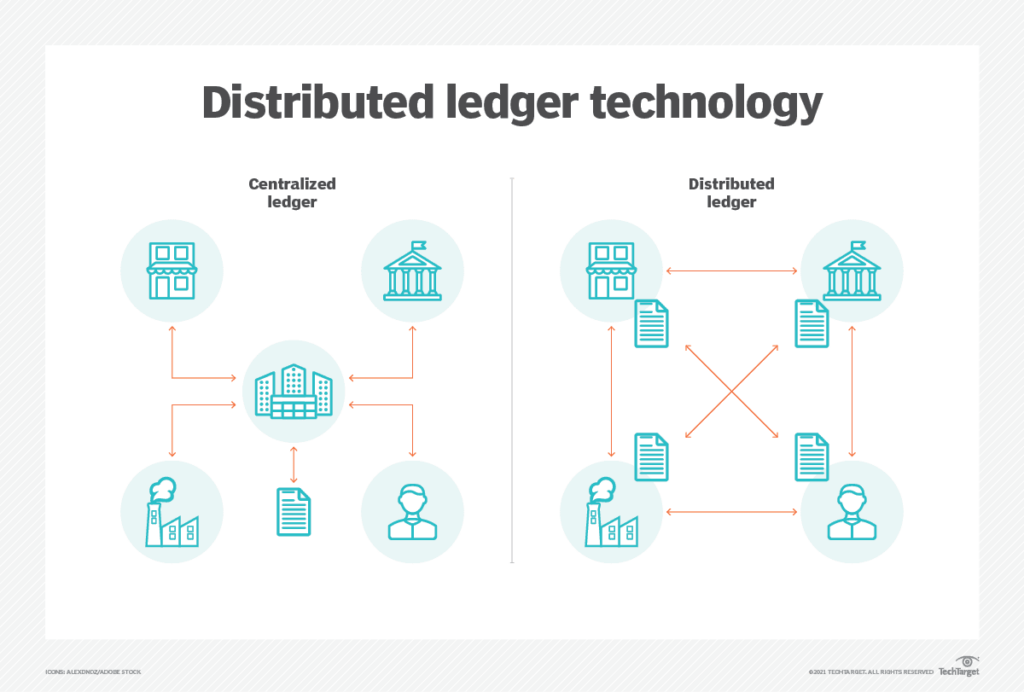
Distributed Ledger Technology
On the other hand, Hyperledger allows developers to choose whether they require a consensus mechanism at all. A confidential blockchain framework managed by Hyperledger Fabric can internally monitor all the transactions.
When they do choose to offer a consensus mechanism, an algorithm called Practical Byzantine Fault Tolerance (PBFD) is used. Which is also used in other popular blockchain platforms like Ripple and Stellar.
Very roughly without explaining the whole algorithm what PBFD does is as follows. Each node on the network maintains an internal state regarding ongoing specific information or the status of the network.
When the node receives a message they use the message in conjunction with the internal state to run a computation. This computation in return helps the node to arrive at a decision regarding the validity of the message.
After reaching its individual decision about the message, it shares it with all other nodes in the network. A consensus decision is determined based on the total decision submitted by all the nodes.
The key difference between proof of stake and PBFD is that in proof of stake only one node rather than the first node to solve the problem shouts out the answer. Unlike PBFT which requires all the participating nodes in the consensus to return a decision.
A programming language created by Stellar rewards you by getting smarter.

Smart Contracts
Moving on to smart contracts Ethereum and Hyperledger; both allow business logic to be implemented with the aid of smart contracts. Ethereum smart contracts are generally written in Ethereum-specific scripting languages like Solidity or Serpent.
Hyperledger contracts on the other hand are written in chain code. The operation mode Ethereum uses gas for contract fees.
Modular Architecture
On the topic of the language that each platform is written in, Ethereum uses a combination of Golang and Python. While Hyperledger uses a combination of Golang and Java.
Maintenance
Ethereum as a platform is maintained by the Ethereum developer community while Hyperledger comes under the Linux Foundation. So much like other Linux projects, people from all over the world can help Hyperledger get developed as a project.
Now that we know the differences between both platforms, let’s go through a use case of both of them.
Ethereum Virtual Machine
For Ethereum, I’m going to show you all how voting can be made completely transparent. The voter will submit his information to an identity verifier running on Ethereum with the help of smart contracts.
After the identity has been verified a token key is generated into the ballot interface. This token is unique and solves the problem of double voting in today’s world.
The voter cast his vote and the spot is registered in a block on the blockchain network thus maintaining transparency and integrity of the voting system. Ethereum is preferred here as a platform over Hyperledger due to its public nature which is integral for voting.

Hyperledger Blockchain Application – Hitachi Going Paperless
For our Hyperledger use case, I’ll be explaining how Hitachi is using Hyperledger to go paperless. It is important to note that there is no need for certain documents t be public, as that would mean revealing confidential data between Hitachi and its competitors.
Every change in the document’s location storage type is stored on the blockchain. These can also be automated with the help of Internet of Things sensors. In this way, Hitachi and the business partner both can verify the origin of the document, and legal origination is assured.
Hyperledger Projects – Supply Chains
Walmart is improving transparency in food supply using Fabric.
Most Popular Blockchain Platforms – Which one is the best?
Coming to the point of which platform is the best; Hyperledger vs Ethereum, I personally don’t think there is a best. The Linux Foundation built a consensus mechanism for the underlying infrastructure of Hyperledger.
The Enterprise Ethereum Alliance which is a massive collaboration of blockchain developer communities built a specific programming language for decentralized apps and smart contracts.
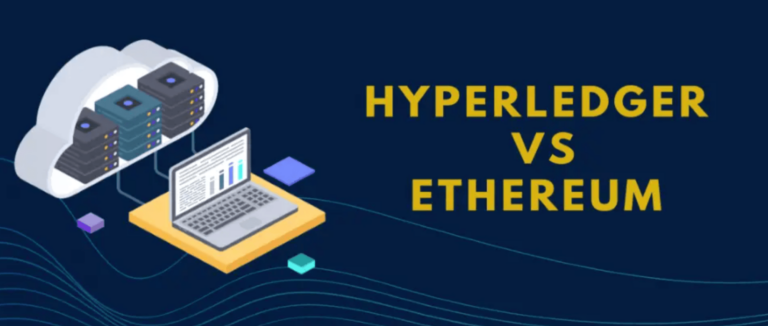
Enterprise Blockchains – Business to Business use Hyperledger.
In my opinion, in the new future, most business-to-business enterprise solutions will be run on the Hyperledger blockchain platform as they need to execute confidential obligations.
Public Network – Business to Customer use Ethereum.
On the other hand, Ethereum will rule the world of business to customers or b2c Enterprise due to its global reach and public nature. Fake transactions are nearly impossible because the transaction process is made public by proof of stake (the old way was proof of work).
Ethereum vs Hyperledger – The Bottom Line
The Ethereum Platform is more decentralized than Hyperledger Fabric and all the transactions are public. Hyperledger maintains strict control through the Linux Foundation’s in-house development of a particular transaction and remains more private.

